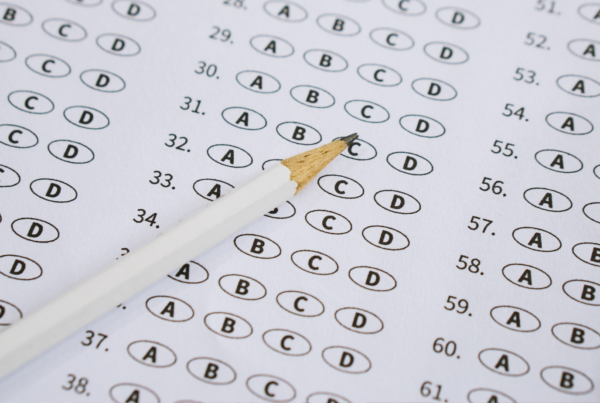November 1 is a big day in the college admissions world. This is because many Early Action, Early Decision, and Priority deadlines coalesce on this date. And while many pieces of the application may be ready to submit, there are often a few essays that are put off until the last minute. In what follows, I’ll share some tips about how to edit during crunch time:
- Fill Out the Common App ASAP
- Structure your procrastination by filling out the Common App. Sometimes the simple act of entering in your activities or reporting your grades will spark a memory or a certain activity or class that can catalyze your essays. More than this, starting early means you won’t run into . . .
- Hidden Essays
- Certain programs, Honors Colleges and elective Scholarships have essays separate from those required for admission, and these essays are often embedded in the application. The worst-case scenario is for a student to think that they are done only to encounter a research-intensive essay at the last moment.
- Don’t Reinvent the Wheel
- Depending on where you are in the process, you may be able to repurpose or reconstruct former essays to fit current prompts. Simply cut and paste all relevant essays and then move through each, highlighting and color coding relevant material. Then, repurpose the material, finding the appropriate “glue” in transitional phrases. If this sounds overly simplistic, that’s because, for most cases, it is. Often, a significant portion of the essay will likely have to be rewritten or reworked, but descriptions of activities, portrayals of academic interests, and characterizations of programs, institutions, or important people can often be reappropriated to new prompts.
- Or Start All Over
- Sometimes, however, it is best to let go of what was and just start all over. Rather than trying to condense the 400-word activity description for Vanderbilt into a 150-word description for Michigan, it may be best to simply start from scratch with an essay (or activity) that is more fitting. Though it may not seem like it, this is often a more efficient process and helps writers avoid the “Franken-essay” because students are trying to graft dissimilar parts.
- Share Your Work Early
- A trusted editor—be it a teacher, a parent, or a trusted essay coach—can provide fresh insight and direction for a student who may be stuck in a rut. Sharing your work early also allows for others to pose questions the student might not think about on their own, and it is better to address these questions on draft two rather than draft four. (In need of a trusted editor? Give us a call!)
- Reverse Outline
- Reverse outlining means making an outline of something you’ve already written. In the same way an engineer might take a machine apart to observe and improve its function, sometimes it is necessary for a writer to strip a piece down to its essentials to catch a missing or misordered premise. Once the proper point or paragraph is inserted, everything runs smoothly and clearly.
- Save Drafts, Include Links
- In our hyper-connected digital world it has never been easier to preserve different iterations of documents or to link troves of information directly into the document. To make things simpler, students should neatly organize drafts and include links to websites within the document itself. This will save valuable time when searching for a certain page detailing a program, or a certain turn of phrase from a prior draft.
Finally, keep perspective. While it would be nice to write a perfect essay, don’t let the perfect be the enemy of the good. Remember, writing is never done only due. Give it your best, edit carefully, submit, and then relax.





